Thermal dilation difference in bonded joints: Challenges and solutions for reliable bonded joints
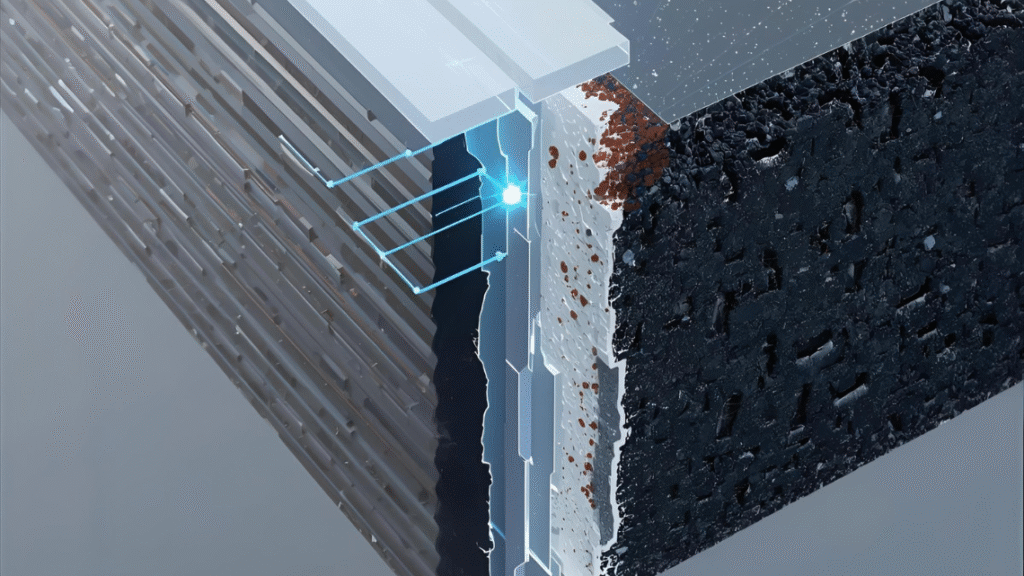
In modern design concepts for automotive, aerospace and electronics, hybrid assemblies made of various lightweight materials such as aluminum, steel and carbon fiber reinforced plastics (CFRP) are increasingly being joined using adhesive bonding technology.
How Thermal Analysis Helps Predict and Reduce Microfiber Shedding from Textiles
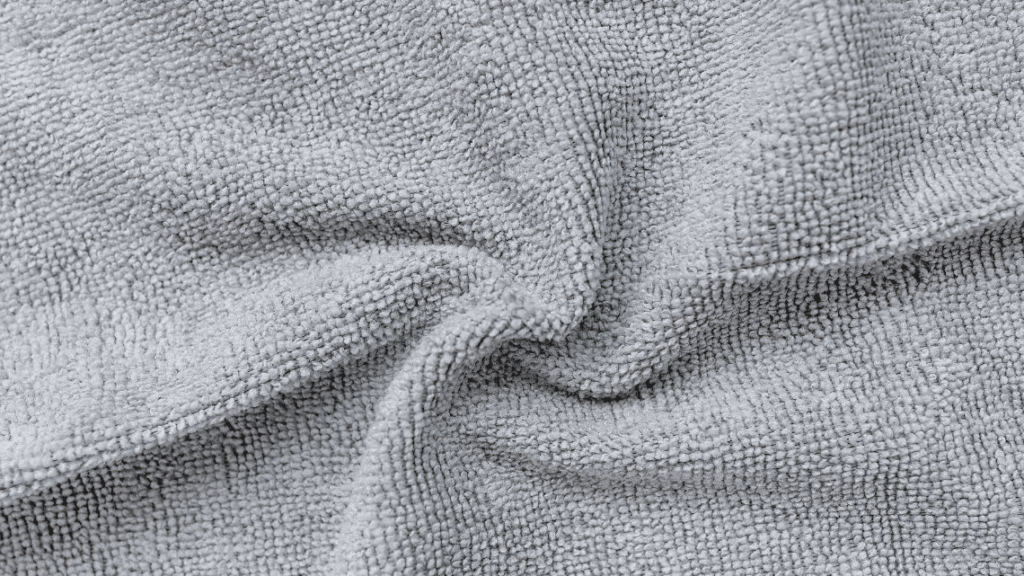
In modern design concepts for automotive, aerospace and electronics, hybrid assemblies made of various lightweight materials such as aluminum, steel and carbon fiber reinforced plastics (CFRP) are increasingly being joined using adhesive bonding technology.
Thermomechanical analysis of metals – Reliable material characterization for steel and alloys

Companies in the steel and metal industry are faced with ever-increasing demands: Components must withstand high thermal loads, process windows must be precisely adhered to and targeted structural changes are often the key to improved material properties.
Advanced Kinetics and Process Analysis of Hydrogen Reduction of Iron Ore with Linseis TGA and STA Systems
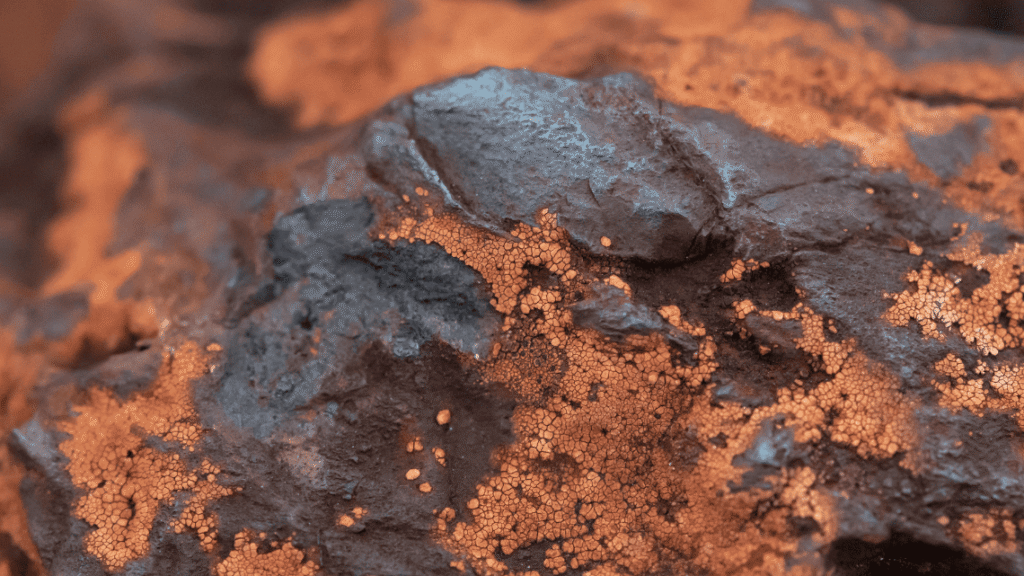
The direct reduction of iron ore with hydrogen is central to the decarbonization of the steel industry. Hydrogen-based processes enable a significant reduction of CO₂ emissions compared to conventional reduction with carbon carriers.
Error detection through thermal analysis: How DSC improves functional prototypes in additive manufacturing
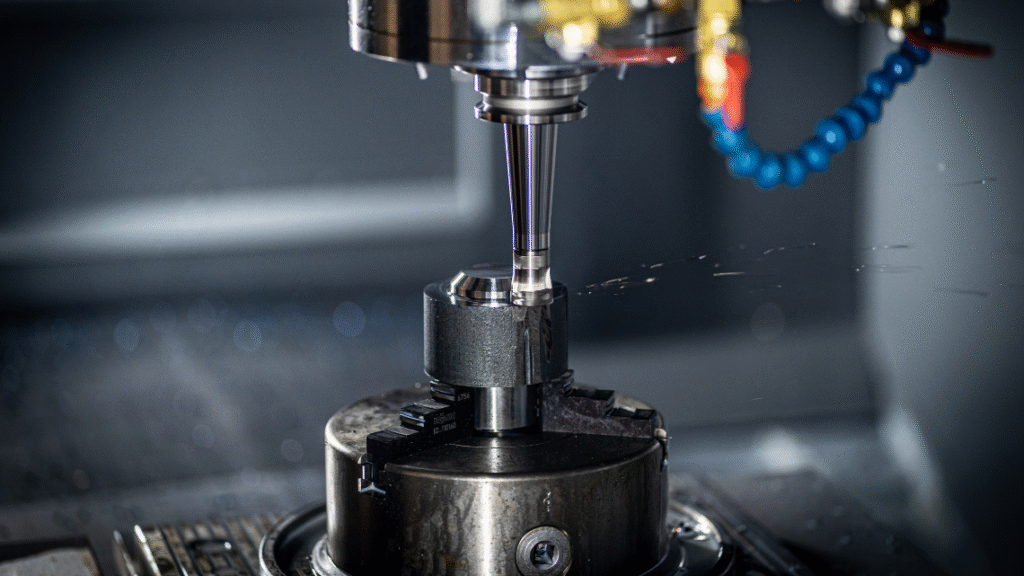
Additive manufacturing has established itself as a transformative technology in industrial production – particularly in the development of functional prototypes.
Polycarbonate: transparency and impact strength in technical applications

Polycarbonate (PC) is one of the most important engineering thermoplastics in modern materials technology. Its unique combination of high transparency, pronounced impact strength and outstanding thermal stability makes it an indispensable material in numerous industrial sectors.
Assessing Protein Stability: Analytical Strategies for Biomolecular Research
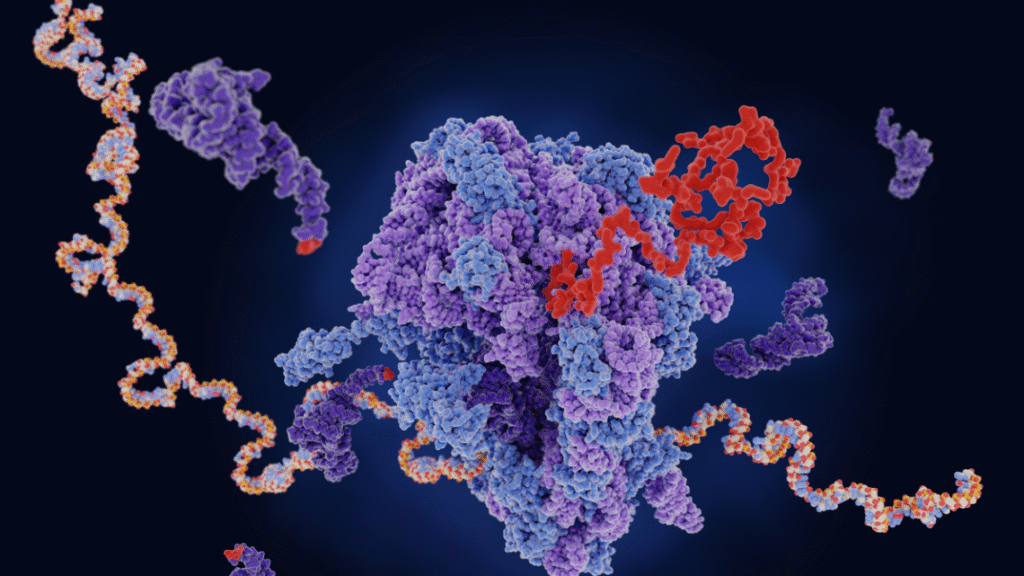
Understanding protein stability is fundamental for modern biochemistry, pharmaceutical research, and biotechnology.
Understanding Lipid Membrane Phase Transitions: The Role of Tm in Membrane Structure and Function
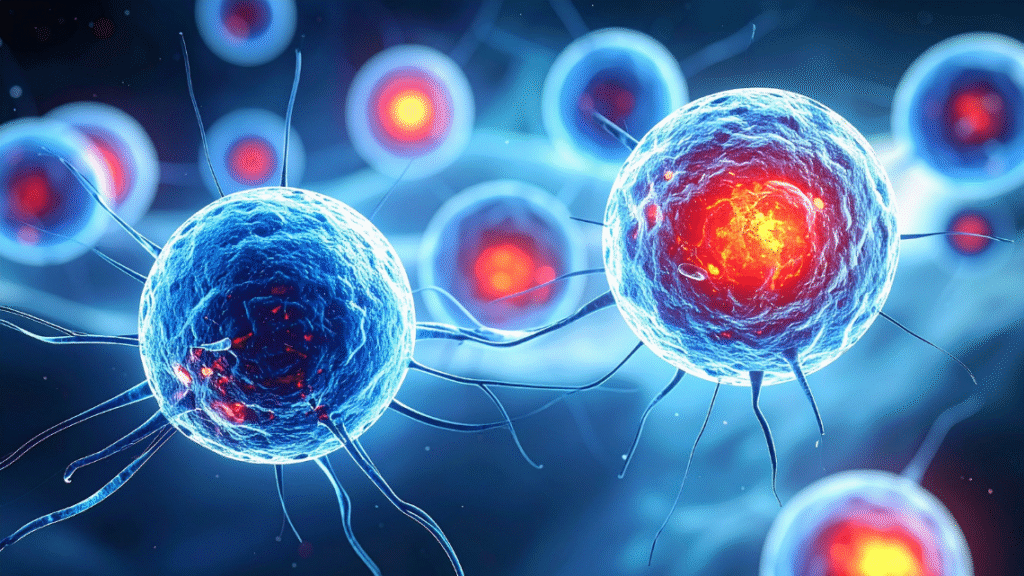
The study of phase transitions in lipid membranes is a cornerstone of modern biophysics, connecting the fundamentals of membrane science with real-world applications in drug delivery, pharmaceutical formulation, and materials engineering
Epoxy resins: Versatile high-performance materials for demanding applications
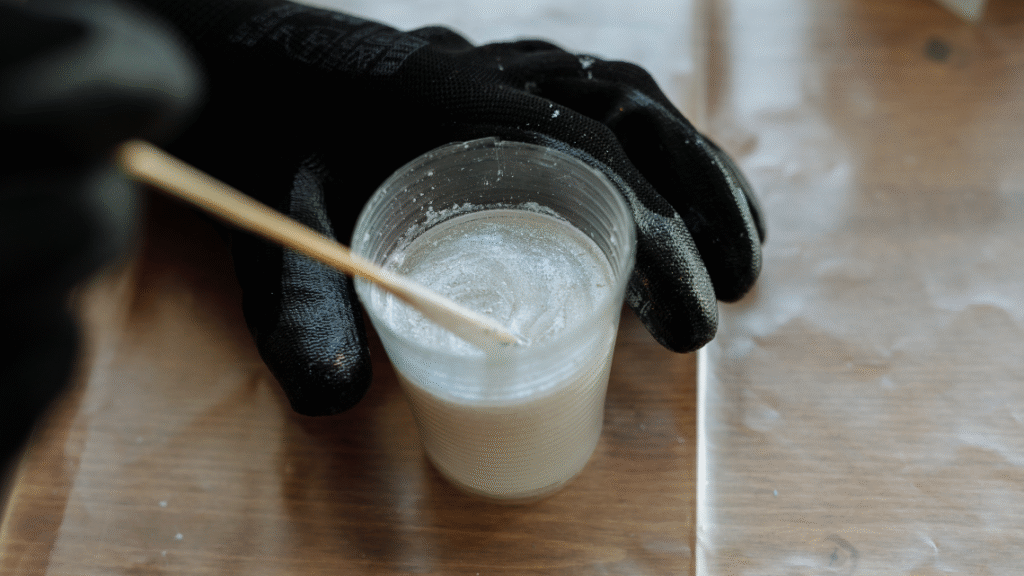
Epoxy resins are among the most versatile materials in modern materials science and form a central basis for sophisticated composite systems, high-performance adhesives and protective coatings
Polylactide (PLA) – from bioplastic to high-tech material with a sustainable future

Polylactide (PLA) is becoming increasingly important in the plastics industry and is considered a pioneering alternative to fossil-based plastics